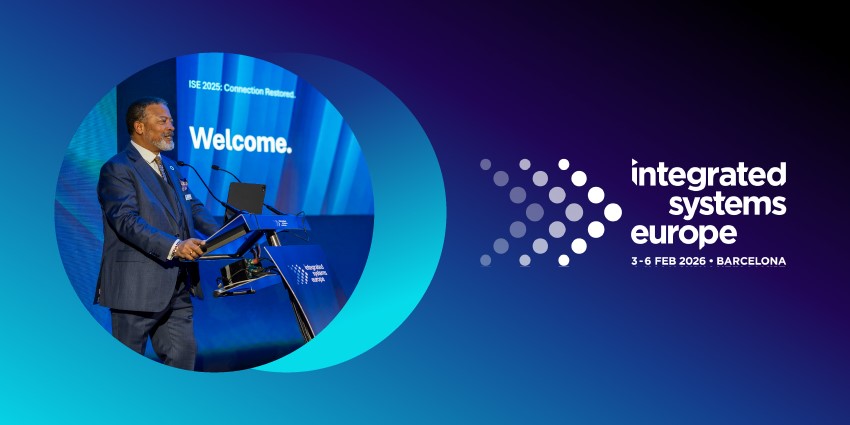As conferencing endpoints proliferate, safeguarding your network from attempts to access confidential data – including audio – on your IP network has become a priority for enterprises. Networked conferencing equipment such as microphones, loudspeakers and digital signal processors ensure team collaboration and allow for confidential client discussions remotely. The downside is that the more connected devices there are on a network, the more potential points of security concern exist.
A recent study supported by Shure has revealed that 82% of organisations find it a struggle to identify and secure network-connected devices and have been paying close attention to the security implications of adding AV equipment to networks. Shure considers security to be an important aspect of product quality, just like performance, durability or regulatory compliance.
Shure’s Microflex Ecosystem has been designed so users can mix and match products to meet the precise needs of each meeting space. Security has been developed as a crucial aspect across the entire ecosystem rather than on a single product basis, meaning the integration of different components won’t disrupt the security of the whole system. In addition, the Microflex Ecosystem employs a multi-faceted approach to device security that embraces industry-standard technologies and workflows.
In addition to building products with security as a fundamental feature, Shure recommends implementing rigorous security practices throughout the organization:
- Use a unique passphrase: Shure’s Microflex Ecosystem solutions require a passphrase to be established when a device is installed for the first time. Default passphrases are not used, so it’s impossible to skip this step.
- Keep application software and device firmware updated: Shure regularly issues software and firmware update to enhance even more security features. Maintaining the most current versions ensures that the latest updates are installed. It’s also important to check webpages, to know when new firmware versions are released and register your products to not miss the updates.
- Keep computers up to date: Audio processing software and/or system control software can run on a PC instead of a dedicated audio device. It is important to keep the PC and the operating system updated to take advantage of system security features.
- Turn off what isn’t needed: If you want to reduce the exposure of the network, ports and services that are not needed should be switched off, minimizing potential risks.
IT managers and audio professionals shouldn’t overlook security when adding AV components to the network and overall AV System.
Shure itself has a rigorous process in place for security development. Both hardware and software are subjected to a thorough system verification process in the company’s internal network testing lab. Throughout their lifecycle, Shure products undergo regular security assessments, including internal testing, code scans and third-party penetration audits to remain ahead of threats.
On the audio encryption front, the Microflex Ecosystem and many other Shure products include Shure Audio Encryption to protect networked audio connections between Shure products. This technology safeguards confidential content without compromising audio quality. Shure Audio Encryption is based on the AES-256 algorithm that has been widely adopted by leading financial institutions, government agencies and healthcare providers.
Achieving security relies on all parties involved and must be taken seriously. As a strong advocate for secure AV Systems, Shure continues to research, develop and build products that contribute to the success of companies.







